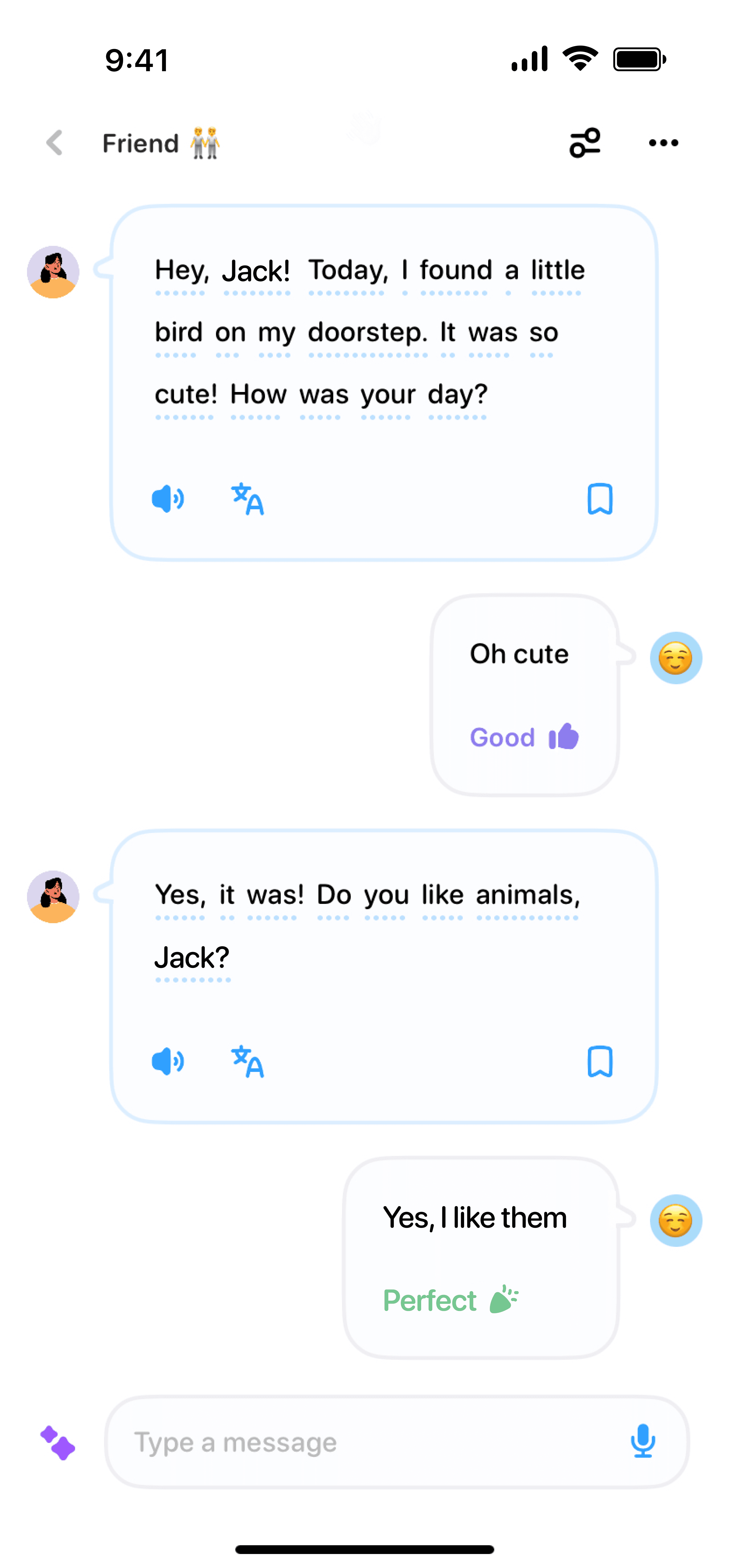06/13/2024
·
Emma Robbie
Embarking on the journey of learning a new language, like Spanish, is both exciting and challenging. If you’ve found yourself thinking, "I am trying to learn Spanish in Spanish," or "Estoy tratando de aprender español," you're in the right place. Here’s a simple guide to make your adventure into the Spanish-speaking world a bit smoother and more enjoyable!
Start with the Basics: Greetings and Introductions
When you’re just starting, focus on basic phrases and greetings. These are essential for everyday interactions. Begin with "Hello" (Hola), "How are you?" (¿Cómo estás?), and "My name is…" (Me llamo…). Mastering these will give you a good foundation and boost your confidence when practicing with native speakers.
Immerse Yourself in the Language
One of the most effective ways to learn Spanish is through immersion. Surround yourself with the language as much as possible. Change your phone’s language settings to Spanish, watch Spanish-language movies, or listen to Spanish music and podcasts. Apps like Duolingo or Babbel can also be very helpful for daily practice. Immersion helps you to pick up the language naturally, just like children learn their mother tongue.
Practice Regularly with Native Speakers
Try to converse with native Spanish speakers whenever you get the chance. Whether it’s through language exchange programs, attending local Spanish-speaking events, or using social media groups, practicing with real people will improve your fluency and comprehension. Platforms like Tandem or ConversationExchange.com are excellent for finding language partners.
Use Flashcards for Vocabulary
Flashcards are a great tool for memorizing new words and phrases. Apps like Anki or Quizlet let you create digital flashcards, making it convenient to study anywhere, anytime. Focus on practical vocabulary that you’re likely to use in everyday conversations.
Read Spanish Books or Articles
Reading is a fantastic way to expand your vocabulary and understand sentence structures. Start with children’s books or simple articles, and gradually move to more complex texts as your proficiency increases. Not only will this help with vocabulary, but it also gets you familiar with the cultural contexts and nuances of the language.
Set Realistic Goals
Setting attainable goals is crucial. Instead of saying, "I am trying to learn Spanish in Spanish," break it down into smaller, more manageable steps. Set a goal to learn 10 new words a day or have a 5-minute conversation in Spanish. Achieving these small milestones will keep you motivated and on track.
Don't Be Afraid of Making Mistakes
Remember, everyone makes mistakes when learning something new. Instead of feeling discouraged, view mistakes as an essential part of the learning process. Don’t worry if you mess up a verb conjugation or use the wrong gender for a noun. The important thing is to keep practicing and learning from those errors.
Take a Class
Sometimes having structured learning with a qualified instructor can make a significant difference. Consider enrolling in a local Spanish class or an online course. A teacher can provide personalized feedback and address specific areas where you might need improvement.
Enjoy the Process
Lastly, have fun with it! Incorporate learning into activities you enjoy. If you love cooking, try following Spanish recipes. If you like music, learn the lyrics to your favorite Spanish songs. By making the learning process enjoyable, you’ll stay motivated and more likely to stick with it.
So, next time you catch yourself saying, "I am trying to learn Spanish in Spanish," remember these tips. With consistent effort and a positive attitude, you'll find yourself making great progress in no time. ¡Buena suerte! (Good luck!)



